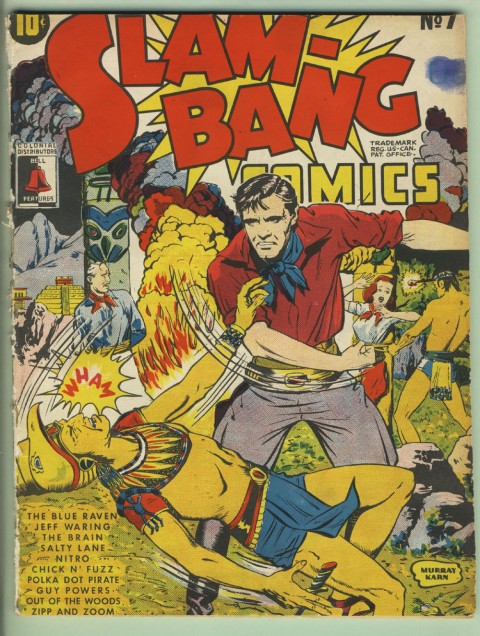
There’s that significant moment in silver screen history when Judy Garland, as Dorothy, steps out of her black-and-white Kansas world, through the door of her tornado-transported farm house, into the rich, full-colour, munchkin-filled Land of OZ. This really didn’t happen in the WECA period of so-called Canadian Whites until their death throws in the final, closing months of World War II’s campaign in the Pacific. It’s important to note that the WECA “Whites” weren’t completely so, even from the beginning.
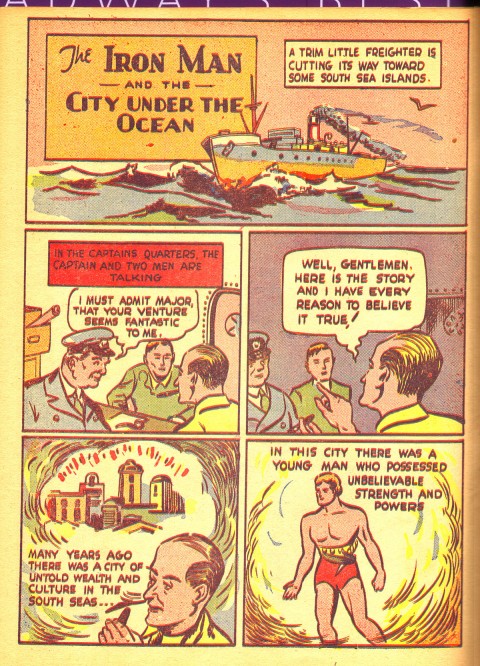
Canada’s first proper comic book, Better Comics No. 1 (March, 1941), from Maple Leaf Publications out of Vancouver, contained a full-colour feature with Canada’s first super hero, the Sub-Mariner-like, Iron Man smack in its middle. Maple Leaf continued to add a colour feature here and there for the next few months but then quickly became solely black-and-white.
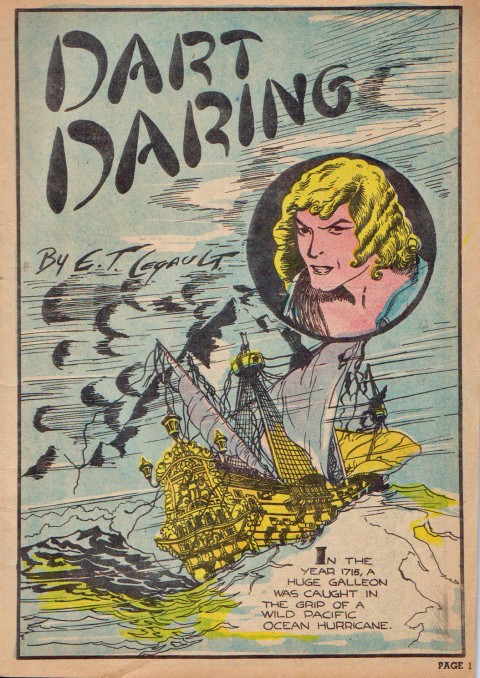
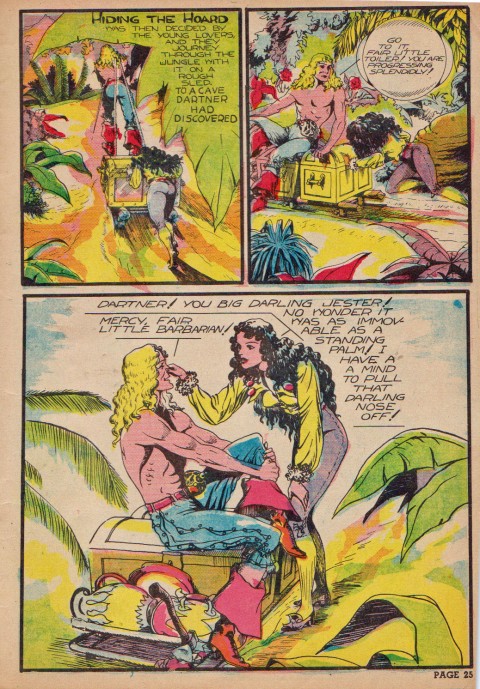
Six months later, and in Toronto, Commercial Signs of Canada published the first issue of Wow Comics completely in colour but then gradually “bleached” by production costs defaulted to orange, blue, and black for issues 2-5, and then just orange and a dark blue for issues 6-8. By the summer of 1941 with issue 9 (one issue after changing its name to Bell Features Publications) its contents became and stayed purely black-and white. All other Bell Features titles, and all other WECA books in general had contents only in black-and-white up until the close of World War II.
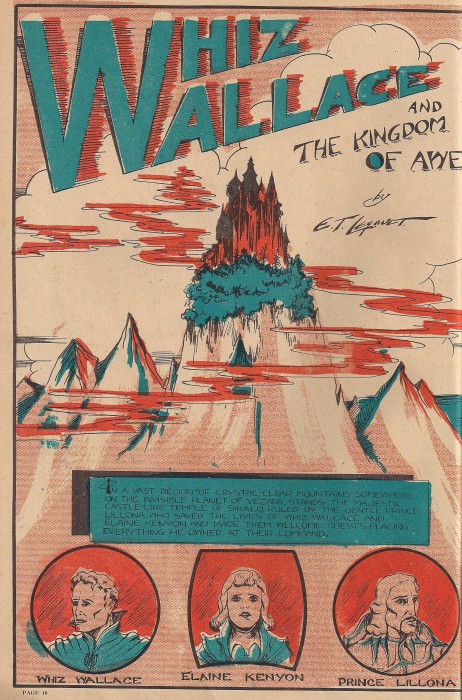
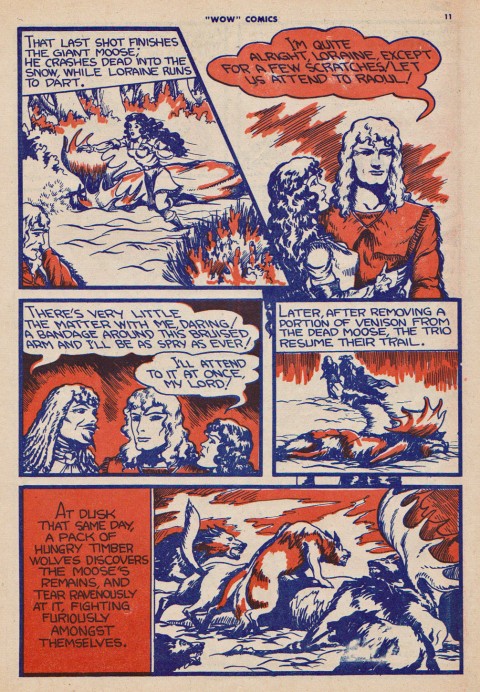
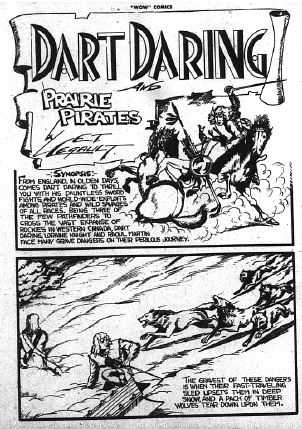
War-time Canadian comic book publishers were a pioneering, cash-strapped lot and in the circumstances of a war-time economy that propelled them into existence hadn’t the funds or access to the technology that could consistently produce the same four-colour blasts that came out south of the border. Anglo-American Publications out of Toronto seemed to be the leanest of the lot, publishing its covers on stock that didn’t differ from the content pages and that displayed only a single colour at a time.
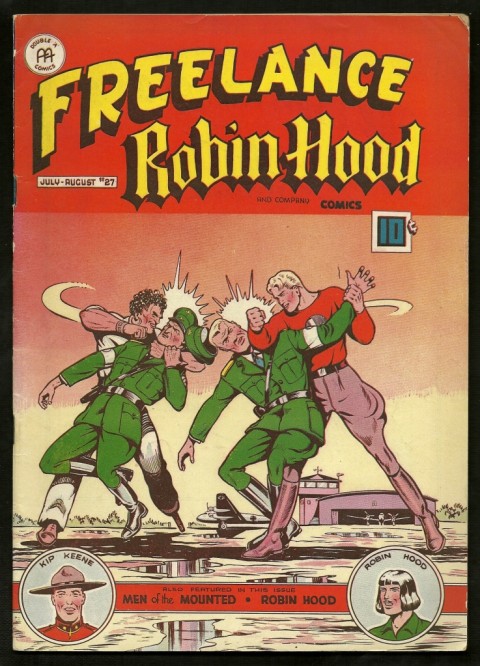
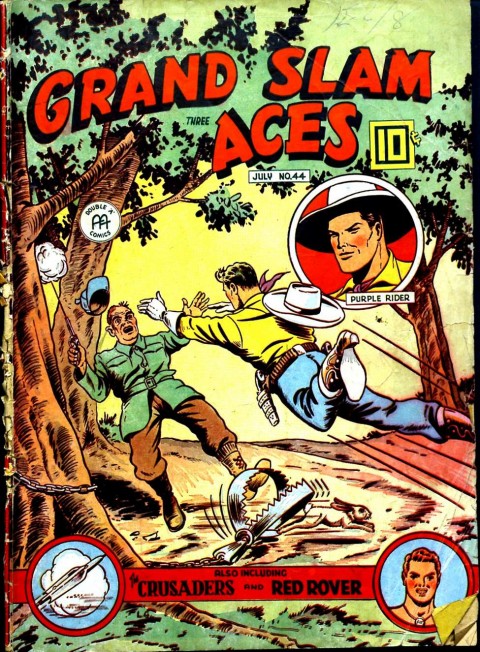
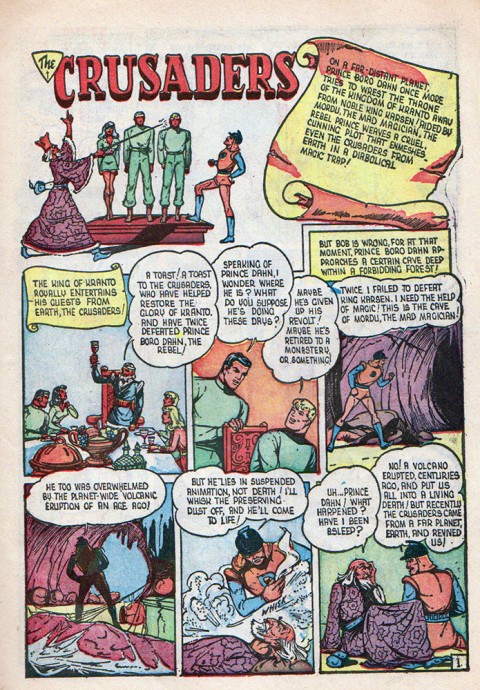
Anglo-American, though, seems to have been the first publisher to venture into full-colour production as the war ended by compressing its four original titles into two, Freelance – Robin Hood and Company No. 27 and Grand Slam – Three Aces No. 44, both which came out in July of 1945. It was able to do this because it obtained access to the newly acquired colour printing presses of The Globe and Mail newspaper.
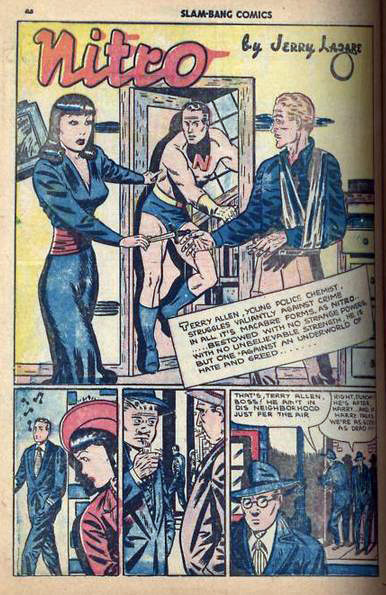
Bell Features seemed to be a little later on the uptake. On page 8 of Dime Comics No. 27 (late 1945) there is a full-page announcement that includes the following: “On or about the 1st of the New Year [1946] all Bell Features Comic Books will be in full colour… The black and white Canadian comic has only a few weeks to live and then your characters will live in full colour.” An example of one of these Bell Features full-colour books is Slam-Bang No. 7 which came out in May of 1946 and featured full-colour stories of The Blue Raven (transformed from The Penguin), The Brain, Salty Lane, Polka Dot Pirate, Jeff Waring, Nitro, and Guy Powers. Even in full-colour these Canadian books (and especially those of the reprint period of 1947-53) have become notorious for the off-register quality of the colour printing.
Having been a high school teacher before my recent retirement, I found that students were particularly sensitive to avoiding the viewing of black-and-white film versions of the classics such as Wuthering Heights or The Hunchback of Notre Dame which we were studying. They protested strongly that whatever we view should, at the minimum, be in colour. The world of black-and-white carried no currency for these techno-saturated teenagers. Nothing could be farther from the truth when it comes to the cultural worth of the old black-and-white WECA books.

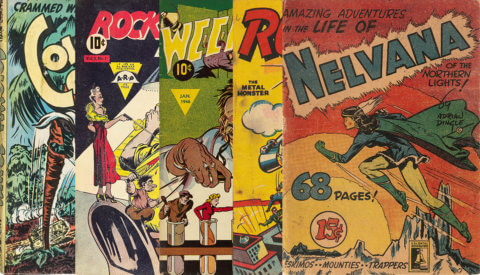
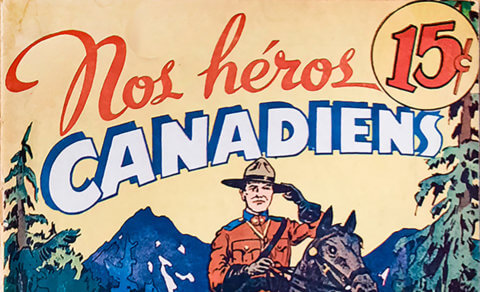
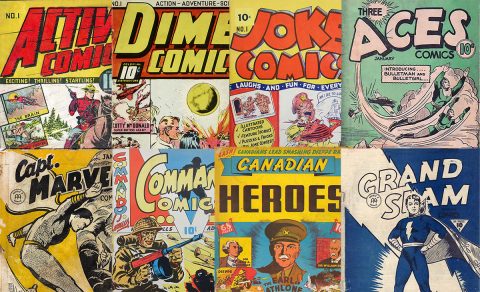
There are, indeed, several interesting things about Slam-Bang comics 7, not the least of which is the foretelling of the coming of George Clooney via the wonderful cover art of Murray Karn.
My copy of this issue having an indicia date of July 1946 is another. (clearly penciled in prior to it passing through the printer)
I think that and other peculiarities, can be summed up to Bell Features acquiring their colour printer and making the most of it as the WECA period was rapidly coming to a close.
My copy is probably a later second printing as they cranked out as many copies as they could.
And why is the Penguin now the Blue Raven?
Could it be that a Penguin is “Black and White” and a Blue Raven is a bird of colour?
Good point about the transition into colour for the Blue Raven. It seems that in the real word a blue raven would be a genetic anomaly and in the literary world at least an oxymoron, but we also had the Red Raven in American books of the time didn’t we.
My copy of Slam-Bang 7 has a printed date of May 1946 in the indica so your assumption about multiple editions/printings looks correct.
Thanks for the info and see you at the Con this weekend.